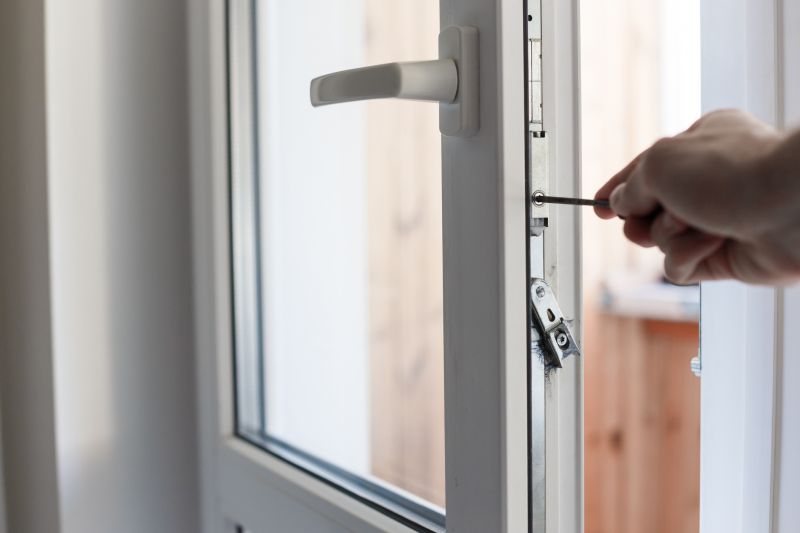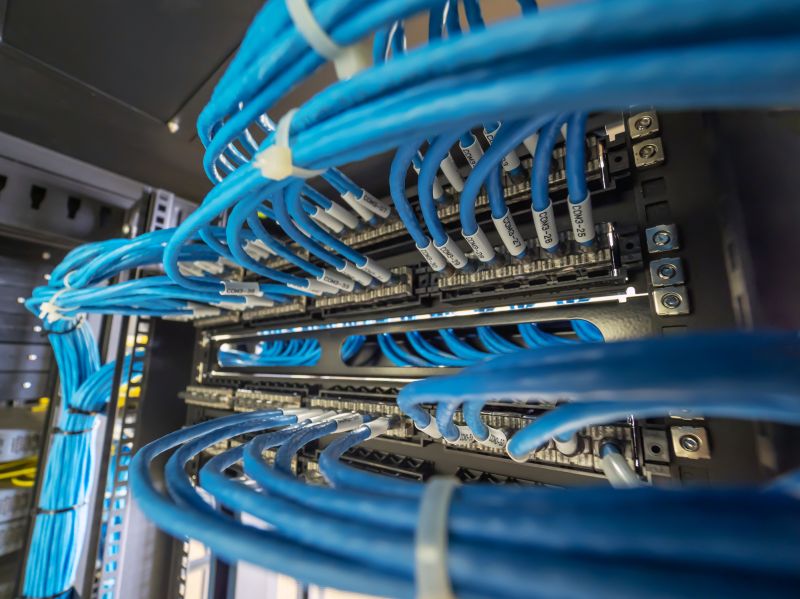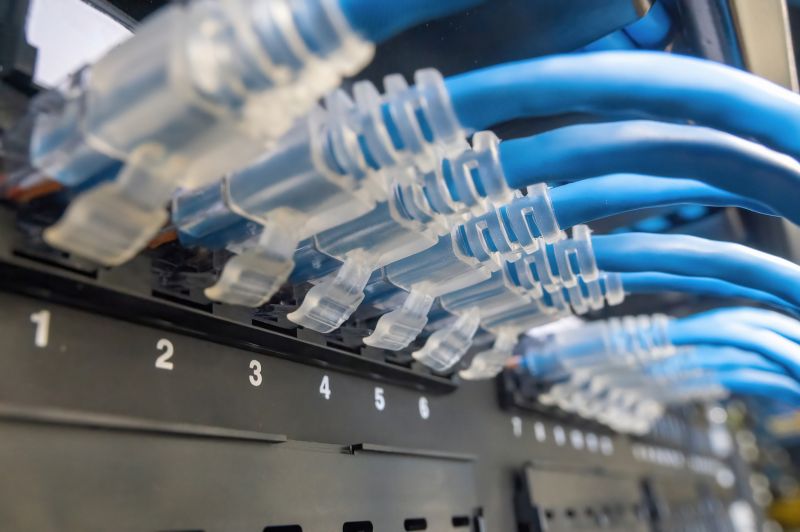Optimal Timing for Windows Installations
Windows installations are essential for setting up new systems, upgrading existing hardware, or replacing outdated software. The timing of these installations can impact system performance, downtime, and user productivity. Understanding the optimal periods for performing Windows installations helps ensure minimal disruption and maximum efficiency.

Installing Windows on servers during planned maintenance windows reduces operational impact.

Scheduling installations during off-peak hours minimizes employee downtime.

Replacing hardware components is best done during scheduled maintenance periods.

Ways to make Windows Installations work in tight or awkward layouts.

Popular materials for Windows Installations and why they hold up over time.

Simple add-ons that improve Windows Installations without blowing the budget.

High-end options that actually feel worth it for Windows Installations.

Finishes and colors that play nicely with Windows Installations.
Perform installations during periods of low activity, such as weekends or late nights, to reduce workflow interruption.
Coordinate Windows upgrades with other system updates to streamline processes.
Avoid peak business periods like fiscal year-end or holiday seasons for major installations.
Schedule installations after confirming hardware compatibility to prevent delays.

A step-by-step view of the Windows setup and configuration process.

IT professionals assisting with Windows installations in a corporate environment.

Checking hardware components before initiating Windows installation.

Ensuring network readiness for Windows updates and installations.

Training staff on new Windows features post-installation.

Preparing data backups before starting Windows installations.

Strategic planning for seamless Windows upgrades.

Performing Windows installations remotely across multiple devices.

Resolving common issues encountered during Windows setup.

Configuring settings for optimal Windows performance.

Installing Windows on new hardware components.

Transferring data during Windows upgrades or reinstallation.
| Timing Aspect | Best Practice |
|---|---|
| Low Business Activity | Schedule during weekends or late nights. |
| System Compatibility Checks | Perform before initiating installation. |
| Network Traffic | Choose times with minimal network load. |
| User Notification | Inform users well in advance. |
| IT Support Availability | Ensure support staff are present. |
| Hardware Replacement | Coordinate with maintenance windows. |
| Major Updates | Align with other system upgrades. |
| Seasonal Considerations | Avoid peak operational periods. |
Proper timing for Windows installations ensures minimal disruption and efficient deployment. Planning around low-traffic periods, coordinating with IT support, and notifying users in advance are key strategies for successful installations. Regularly assessing hardware compatibility and network readiness further contributes to smooth processes.

Diagram illustrating the Windows installation process.

Technicians preparing for scheduled Windows upgrades.

Ensuring network stability for large data transfers.

Final settings adjustment after Windows setup.

Little measurements that prevent headaches on Windows Installations day.

A 60-second routine that keeps Windows Installations looking new.

A frequent mistake in Windows Installations and how to dodge it.

Small tweaks to make Windows Installations safer and easier to use.
Interested in scheduling a Windows installation? Filling out the contact form provides a convenient way to discuss specific needs and preferred timing. Proper planning can lead to a seamless transition and improved system performance.

